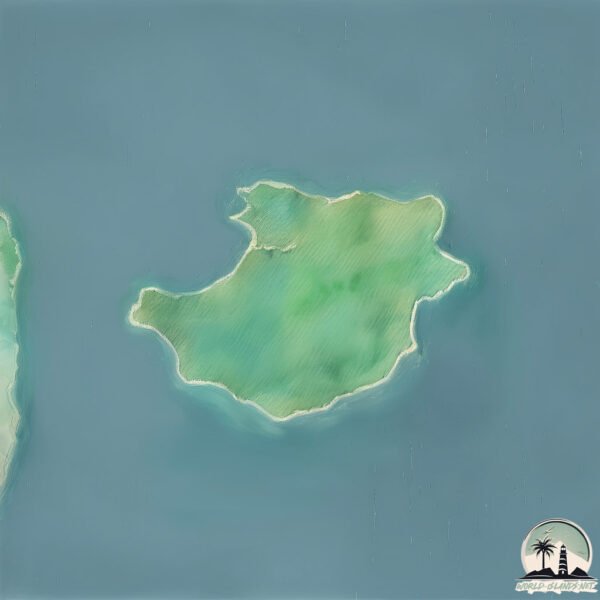Welcome to Three Hummock , a Temperate island in the Bass Strait, part of the majestic Pacific Ocean. This guide offers a comprehensive overview of what makes Three Hummock unique – from its geography and climate to its population, infrastructure, and beyond. Dive into the details:
Geography and size of Three Hummock
Size: 70.8 km²Coastline: 58.7 kmOcean: Pacific OceanSea: Bass StraitContinent: Oceania
Three Hummock is a Medium Island spanning 71 km² with a coastline of 59 km.
Archipel: –
Tectonic Plate: Australia – A major tectonic plate covering Australia, New Zealand, and parts of the Indian and Pacific Oceans, known for its relative stability and occasional seismic activity.
The geographic heart of the island is pinpointed at these coordinates:
Climate and weather of Three Hummock
Climate Zone: TemperateClimate Details: Temperate Oceanic ClimateTemperature: Warm Summer
Climate Characteristics: Known for its moderate year-round temperatures with ample rainfall and no dry season. Warm summers are characteristic.
Topography and nature of Three Hummock
Timezone: UTC+10:00Timezone places: Australia/SydneyMax. Elevation: 136 m Mean Elevation: 46 mVegetation: Evergreen Broadleaf ForestTree Coverage: 94%
The mean elevation is 46 m. The highest elevation on the island reaches approximately 136 meters above sea level. The island is characterized by Plains: Flat, low-lying lands characterized by a maximum elevation of up to 200 meters. On islands, plains are typically coastal lowlands or central flat areas.
Dominating Vegetation: Evergreen Broadleaf Forest
Vegetation: 7 vegetation zones – Very Highly Diverse Island
Infrastructure and Travelling to Three Hummock
Does the island have a public airport? no .
Does the island have a major port? no .
The mean population of Three Hummock is 1 per km². Three Hummock is Uninhabited. The island belongs to Australia .
Continuing your journey, Hunter is the next notable island, situated merely km away.
Three Hummock Island day trip from Smithton in a 4.2m tinny. 140 km return
Smithton to Three Hummock Island in a 14' tinny. Duck River to Chimney Corner, Five Sisters at Spiers Nook, Rangers Retreat ...
Three Hummock Island day trip from Smithton in a 4.2m tinny. 140 km return
Smithton to Three Hummock Island in a 14' tinny. Duck River to Chimney ...
Smithton to Three Hummock Island in a 14' tinny. Duck River to Chimney Corner, Five Sisters at Spiers Nook, Rangers Retreat ...
Chat with John (caretaker) of 3 Hummock Island Tasmania
John and his wife have looked after the tracks and aerodrome on 3 ...
John and his wife have looked after the tracks and aerodrome on 3 hummock island for the last 8 years. 3 Hummock Island is a ...
Rangers Retreat, Three Hummock Island
Island paradise - Rangers Bay, NW side of Three Hummock Island, Tasmania.
Island paradise - Rangers Bay, NW side of Three Hummock Island, Tasmania.
Australia is classified as Developed region: nonG7: Developed economies outside of the Group of Seven, characterized by high income and advanced economic structures. The level of income is High income: OECD.
News – Latest Updates and Headlines from Three Hummock
Stay informed with the most recent news and important headlines from Three Hummock. Here’s a roundup of the latest developments.
Loading...
Please note: The data used here has been primarily extracted from satellite readings. Deviations from exact values may occur, particularly regarding the height of elevations and population density. Land area and coastline measurements refer to average values at mean high tide.

